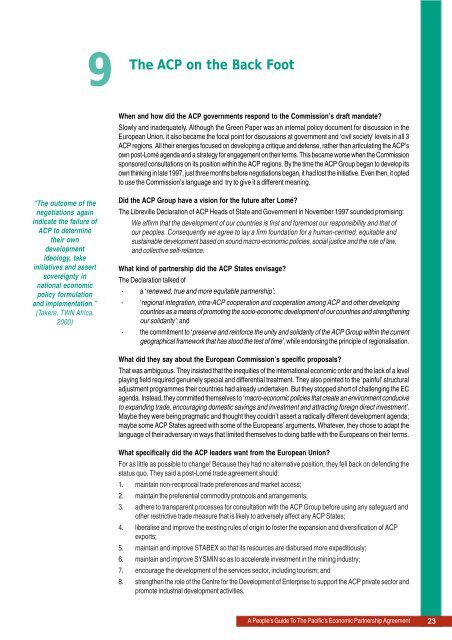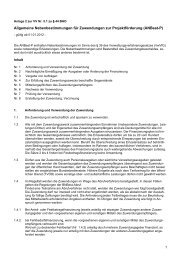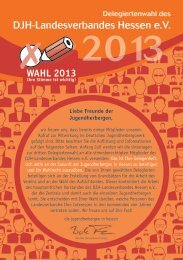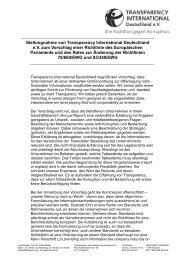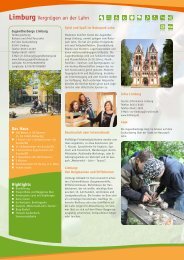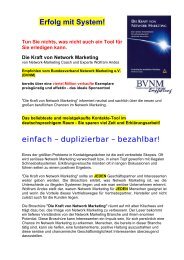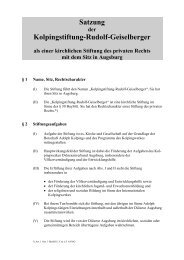REPA Booklet - Stop Epa
REPA Booklet - Stop Epa
REPA Booklet - Stop Epa
Create successful ePaper yourself
Turn your PDF publications into a flip-book with our unique Google optimized e-Paper software.
9<br />
The<br />
ACP on the Back Foot<br />
When and how did the ACP governments respond to the Commission’s draft mandate?<br />
Slowly and inadequately. Although the Green Paper was an internal policy document for discussion in the<br />
European Union, it also became the focal point for discussions at government and ‘civil society’ levels in all 3<br />
ACP regions. All their energies focused on developing a critique and defense, rather than articulating the ACP’s<br />
own post-Lomé agenda and a strategy for engagement on their terms. This became worse when the Commission<br />
sponsored consultations on its position within the ACP regions. By the time the ACP Group began to develop its<br />
own thinking in late 1997, just three months before negotiations began, it had lost the initiative. Even then, it opted<br />
to use the Commission’s language and try to give it a different meaning.<br />
“The outcome of the<br />
negotiations again<br />
indicate the failure of<br />
ACP to determine<br />
their own<br />
development<br />
ideology, take<br />
initiatives and assert<br />
sovereignty in<br />
national economic<br />
policy formulation<br />
and implementation.”<br />
(Tekere, TWN Africa,<br />
2000)<br />
Did the ACP Group have a vision for the future after Lomé?<br />
The Libreville Declaration of ACP Heads of State and Government in November 1997 sounded promising:<br />
We affirm that the development of our countries is first and foremost our responsibility and that of<br />
our peoples. Consequently we agree to lay a firm foundation for a human-centred, equitable and<br />
sustainable development based on sound macro-economic policies, social justice and the rule of law,<br />
and collective self-reliance.<br />
What kind of partnership did the ACP States envisage?<br />
The Declaration talked of<br />
- a ‘renewed, true and more equitable partnership’;<br />
- ‘regional integration, intra-ACP cooperation and cooperation among ACP and other developing<br />
countries as a means of promoting the socio-economic development of our countries and strengthening<br />
our solidarity’; and<br />
- the commitment to ‘preserve and reinforce the unity and solidarity of the ACP Group within the current<br />
geographical framework that has stood the test of time’, while endorsing the principle of regionalisation.<br />
What did they say about the European Commission’s specific proposals?<br />
That was ambiguous. They insisted that the inequities of the international economic order and the lack of a level<br />
playing field required genuinely special and differential treatment. They also pointed to the ‘painful’ structural<br />
adjustment programmes their countries had already undertaken. But they stopped short of challenging the EC<br />
agenda. Instead, they committed themselves to ‘macro-economic policies that create an environment conducive<br />
to expanding trade, encouraging domestic savings and investment and attracting foreign direct investment’.<br />
Maybe they were being pragmatic and thought they couldn’t assert a radically different development agenda;<br />
maybe some ACP States agreed with some of the Europeans’ arguments. Whatever, they chose to adapt the<br />
language of their adversary in ways that limited themselves to doing battle with the Europeans on their terms.<br />
What specifically did the ACP leaders want from the European Union?<br />
For as little as possible to change! Because they had no alternative position, they fell back on defending the<br />
status quo. They said a post-Lomé trade agreement should:<br />
1. maintain non-reciprocal trade preferences and market access;<br />
2. maintain the preferential commodity protocols and arrangements;<br />
3. adhere to transparent processes for consultation with the ACP Group before using any safeguard and<br />
other restrictive trade measure that is likely to adversely affect any ACP States;<br />
4. liberalise and improve the existing rules of origin to foster the expansion and diversification of ACP<br />
exports;<br />
5. maintain and improve STABEX so that its resources are disbursed more expeditiously;<br />
6. maintain and improve SYSMIN so as to accelerate investment in the mining industry;<br />
7. encourage the development of the services sector, including tourism; and<br />
8. strengthen the role of the Centre for the Development of Enterprise to support the ACP private sector and<br />
promote industrial development activities.<br />
A People’s Guide To The Pacific’s Economic Partnership Agreement 23


